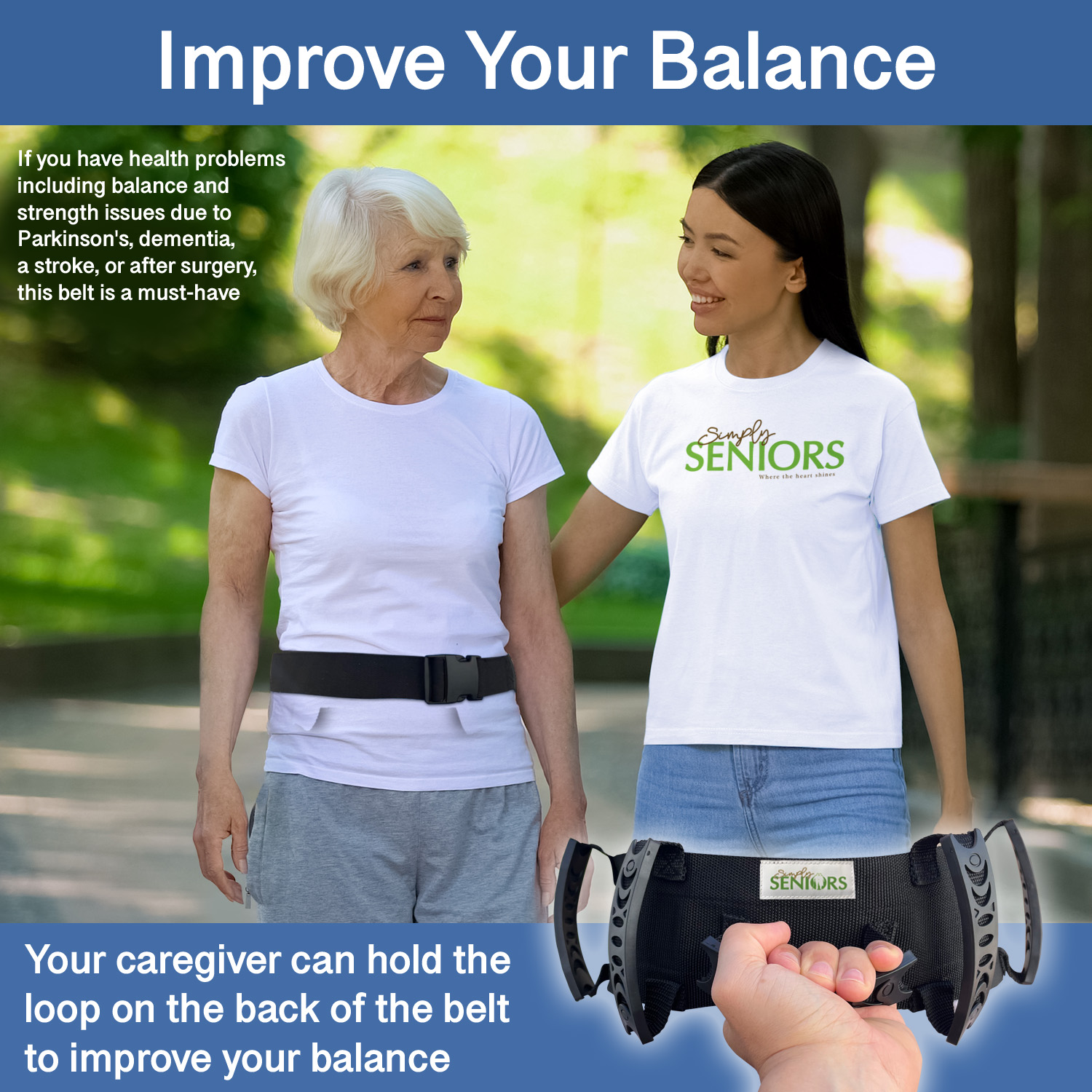Falls among seniors are a significant concern, often leading to injuries, reduced mobility, and a decline in quality of life. According to the Centers for Disease Control and Prevention (CDC), millions of older adults are treated in emergency rooms each year for fall-related injuries. However, there is a valuable tool that can play a crucial role in fall prevention strategies for seniors: the gait belt. In this article, we will explore the role of gait belts in safeguarding seniors’ mobility and reducing the risk of accidents.
Understanding the Risk of Falls Among Seniors
Falls can have severe consequences for older adults. Seniors are more vulnerable to injuries due to factors such as reduced bone density, muscle strength, and balance. Common fall-related injuries include fractures, head injuries, and sprains, which can lead to prolonged hospitalization and a loss of independence.
Fall prevention is essential to maintain seniors’ well-being and independence, and gait belts are a valuable tool in achieving this goal.
The Role of Gait Belts in Fall Prevention
A gait belt is a simple yet effective mobility aid, typically made of sturdy fabric or nylon, designed to be worn around a senior’s waist. The primary role of a gait belt is to provide support and stability during transfers and ambulation. Here’s how gait belts contribute to fall prevention:
1. Assisted Transfers:
Gait belts allow caregivers to assist seniors in transferring from beds, chairs, or wheelchairs with greater control and stability. This minimizes the risk of uncontrolled movements and falls during transfers.
2. Maintaining Balance:
When a senior is ambulating with the support of a gait belt, the caregiver can provide balance assistance. This extra support helps seniors feel more secure on their feet, reducing the likelihood of losing balance and falling.
3. Preventing Slips and Trips:
Gait belts can be used to gently guide a senior’s movement, preventing sudden slips or trips that could lead to a fall.
4. Emergency Situations:
In the event of an unsteady gait or balance loss, the caregiver can use the gait belt to quickly support the senior, preventing a potential fall or injury.
5. Assistance with Activities of Daily Living (ADLs):
Gait belts are invaluable for helping seniors with ADLs such as walking to the bathroom, getting dressed, or standing from a seated position.
The Importance of Proper Training
While gait belts are essential tools, their safe and effective use relies on proper training. Caregivers and healthcare professionals should receive training on how to correctly position and secure the belt, as well as how to provide support during transfers and ambulation.
Additionally, it’s crucial to communicate with seniors during these activities, ensuring they are comfortable and confident in their movements. Clear communication can alleviate anxiety and contribute to a positive and safe experience.
Promoting Independence and Dignity
Gait belts are not just about fall prevention; they also promote seniors’ independence and dignity. When used appropriately, gait belts allow seniors to maintain a level of mobility that might otherwise be compromised due to fear of falling. This, in turn, contributes to a higher quality of life and greater autonomy.
Conclusion
fall prevention is a critical aspect of senior care, and gait belts are indispensable tools in achieving this goal. By providing support, stability, and confidence during transfers and ambulation, gait belts help reduce the risk of accidents and injuries. At Simply Seniors, we understand the importance of safeguarding seniors’ mobility, and we are proud to offer high-quality gait belts that contribute to a safer and more independent life for our senior community.
To explore our range of gait belts and other products designed to support seniors’ well-being, please visit [Simply Seniors](https://www.simplyseniors.com). Your safety and comfort are our top priorities.


